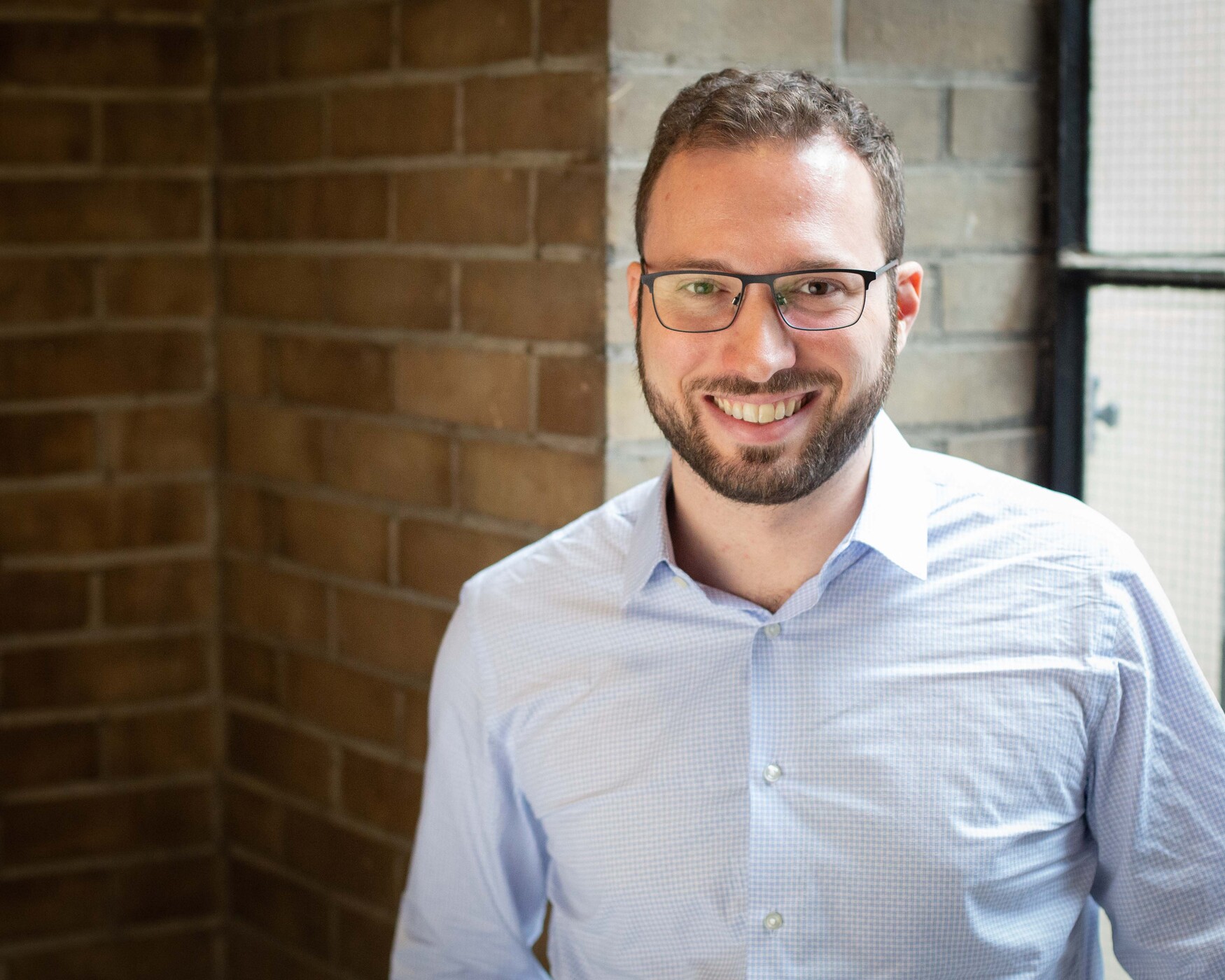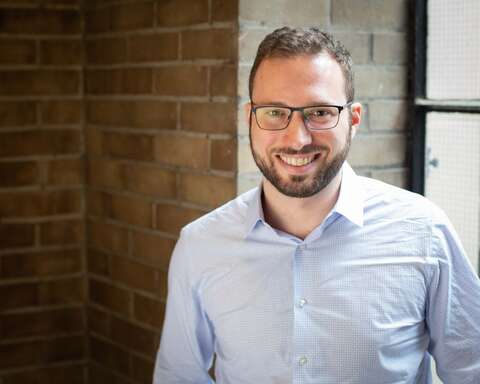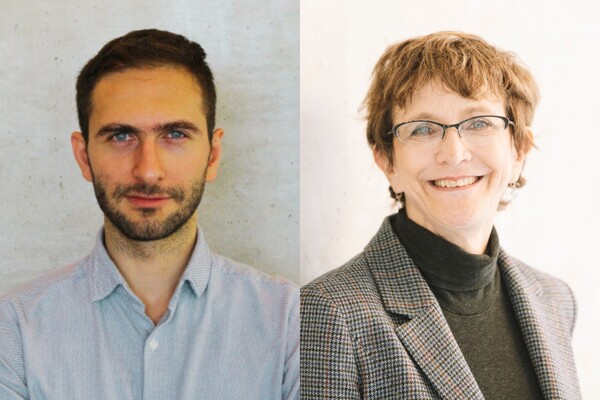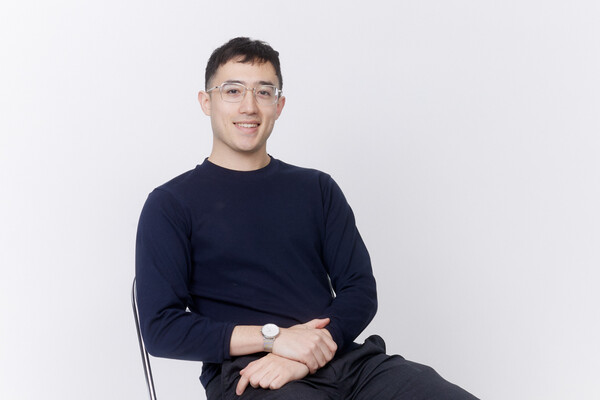AutoScribe ambition: 50% less screen time for docs


What does AutoScribe do?
AutoScribe uses a microphone and a series of artificial intelligence (AI) techniques, such as machine-learning based speech recognition and natural language processing, to transcribe patient-clinician dialogue in real-time and generate suggested actions in the electronic medical record (EMR) system. For instance, as the clinician takes a patient history, AutoScribe automatically composes a clinical note using highly enriched, structured EMR data. At the end of the visit, the clinician can edit and accept the suggested EMR actions, which trains AutoScribe to be more accurate for future clinical visits dealing with similar medical issues.
How did you arrive at this concept? What inspired you?
Since medical school, I’ve been surprised that EMRs force clinicians to perform tasks that eat up most of their time with a patient. I’ve found myself staring at the computer screen trying to do things like make notes, write prescriptions and order tests instead of engaging fully with my patients. This didn’t feel right. To give patient-centered care, I need to connect with my patients. To better understand the situation, I published a scoping review on the effects of the computer-based EMR on patient-physician communication.
Through discussions with colleagues and reading studies, I became more aware of the issue of increasing professional burnout related to EMRs. In the last 15 years, clinical processes previously handled by a clinic’s administrative staff have now been downloaded onto clinicians. I’m interested in technology and knew the burgeoning field of AI — especially neural network-based machine learning — offered an opportunity to help address the problem.
Through the Institute for Health Policy Management and Evaluation (IHPME), where I’m completing my Master of Science in Health Informatics, I met Muhammad Mamdani, the director of the Li Ka Shing Center for Health Analytics Research and Training at St. Michael’s Hospital. I pitched him my idea to use AI to fill in EMRs in real-time, and he liked the idea. We thought combining our clinical and health systems expertise with the amazing pool of health AI talent here at the U of T would help make this dream a reality.
Our team also includes Frank Rudzicz, a world leader in developing novel algorithms to process medical speech and language and his students Serena Jeblee and Faiza Khan Khattak. Now, eight months later, we’ve developed the most challenging algorithms underpinning AutoScribe.
How will AutoScribe improve health care?
AutoScribe’s hands-free documentation and automatic EMR task preparation, like filling out a test order or prescription, will reduce EMR use time significantly. We estimate doctors will need about 50% less screen time once AutoScribe learns how individual clinicians prefer to document and use EMRs — leaving them more time to focus on their patient. It will also make certain patient visits more efficient, which may enable some clinicians to book more patients per day, helping people get more timely access to their doctors.
Also, most doctors don’t document in a way that ensures high quality EMR data. We do free-text clinical narratives, and as long as other clinicians can understand them, we’ve done our job. This is unfortunate, since data science and analytics are part of the future of quality improvement in health care. AutoScribe will help document EMR data in a way that ensures data quality, enabling new analytic tools to improve medical care.
How far along is your concept?
We’re still refining our proof-of-concept. We’ve cracked the toughest nut — extracting key words and phrases and their contextual and relational meanings from a patient-clinician dialogue for a clinical note. We’re now making sure this information is appropriately translated into clinical nomenclature and organized into a format familiar to clinicians. We hope to have this finished by Spring 2019.
What makes you passionate about this idea?
Capturing high quality EMR data this way would unleash endless possibilities for real-time data analytics in health care. Imagine a world where clinical data is processed by decision support algorithms to allow doctors to receive recommendations for the best diagnostic and therapeutic steps based on the latest research — all during their patient’s visit.
It’s important to us to be transparent as we implement processes to ensure privacy by design before our product ever goes to market. As doctors, we’re conservative when it comes to changing habits and adopting new innovations. We deal with people’s health and need robust evidence before we take a risk on integrating something new to our practice.
Tell me about the people at U of T who have mentored or inspired you.
Before meeting Professor Mamdani, I had the idea for AutoScribe, but thought it was unachievable. Muhammad has put so much confidence in me and my ability to learn about entrepreneurship in digital health. For that I’m grateful. As well, Professor Aviv Shachak, my thesis supervisor at IHPME has helped me think critically about practical issues regarding EMRs; Professor Michelle Greiver, director of the Department of Family and Community Medicine’s UTOPIAN EMR database; Professor Sharon Domb, IT lead and clinical privacy expert at Sunnybrook’s Family health team; and Professor Andrew Pinto, a clinician-researcher at St. Michael’s with a strong interest in addressing the social determinants of health using AI.
What’s next for this project?
While our team is finishes developing our proof-of-concept, we’re initiating a serious fundraising push. We want more developer talent and training data for the AI algorithms to help make a market-ready product quickly. Since this is a competitive market, we have to do our R&D and enact our go-to-market strategy essentially at the same time. 2019 will be an exciting year for our company, Mutuo Health Solutions, so stay tuned!
News


